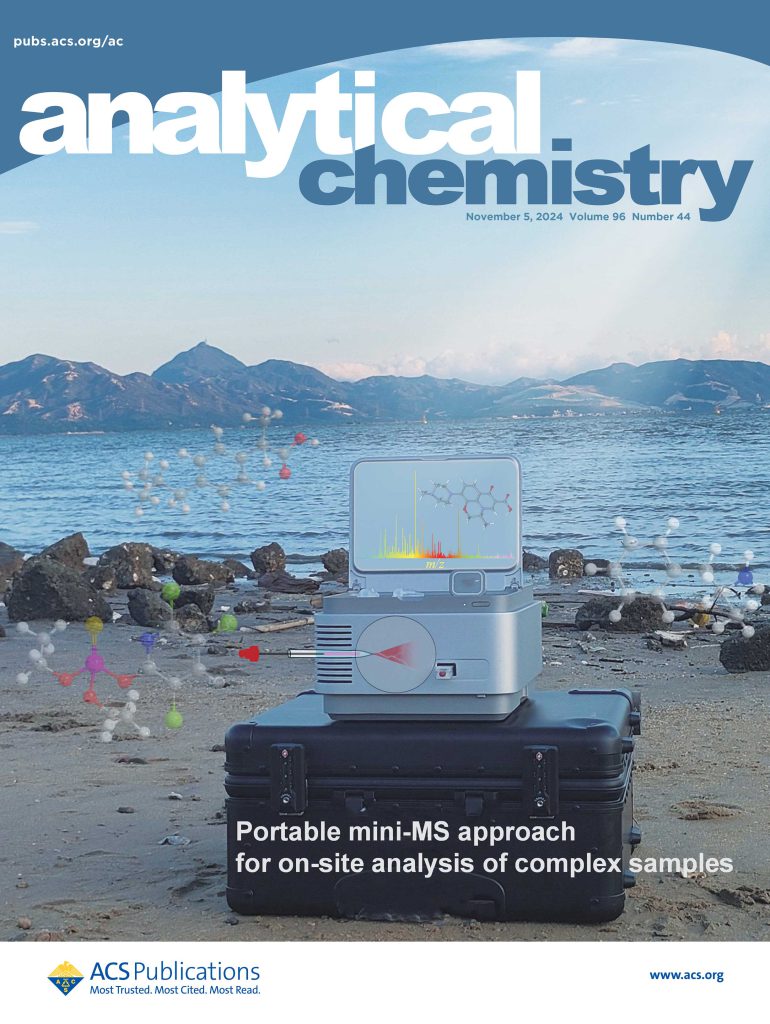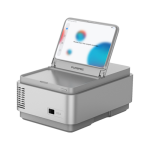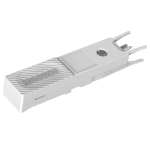Portable Miniature Mass Spectrometry for Enhanced On-Site Detection of Analytes in Complex Samples by Integrating Solid Phase Microextraction and Nano-Electrospray Ionization
On-site mass spectrometry (MS) analysis plays a crucial role in timely understanding chemical compositions of field samples but presents a challenge to miniaturization, portability, and sensitivity. In this work, a portable MS approach was developed by integrating biocompatible solid-phase microextraction (SPME) and a nano-electrospray ionization (nESI) emitter into a kit to couple miniature MS (mMS). The SPME fiber was used for on-site extractive sampling of analytes from complex liquid samples and living organisms and was then inserted into an nESI emitter for on-site MS analysis via the facile kit. The limit of detection was found to be at the pg/mL level for various compounds tested. Acceptable relative standard deviation (RSD) values (5.5–7.6%, n = 6) were obtained for direct measurement of analytes in complex matrixes; acceptable linear responses (0.1–50 ng/mL) and matrix effects (76.0–82.6%) were also found. Enhanced detection of compounds of interest in various real samples, such as food samples, human fluids, environmental water, and living organisms, was unambiguously demonstrated. Our experimental data showed that SPME-nESI-mMS is a promising tool for on-site analysis of various complex samples in significant applications including but not limited to food safety, environmental monitoring, forensic investigation, and bioanalysis.

An integrated kit that includes a simple microextrative sampling probe and an nESI emitter was developed to couple portable MS for on-site sampling and analysis of complex liquid samples and living organisms. The SPME-nESI-mMS approach was characterized by rapidly detecting trace amounts of analytes in the raw samples. The instrument and the operation are signiffcantly simpliffed. This allows SPME-nESImMS experiments to be performed in field environments, resulting in platforms for on-site and in vivo analysis. In this study, acceptable analytical performances and excellent on-site apacity have been demonstrated for on-site analysis in a wide range of applications, including food analysis, forensic investigation, environmental analysis, and in vivo monitoring. Further optimization and developments of the SPME-nESImMS approach are being studied.
Anal. Chem. 2024, 96, 17471−17475, (IF: 6.7),



